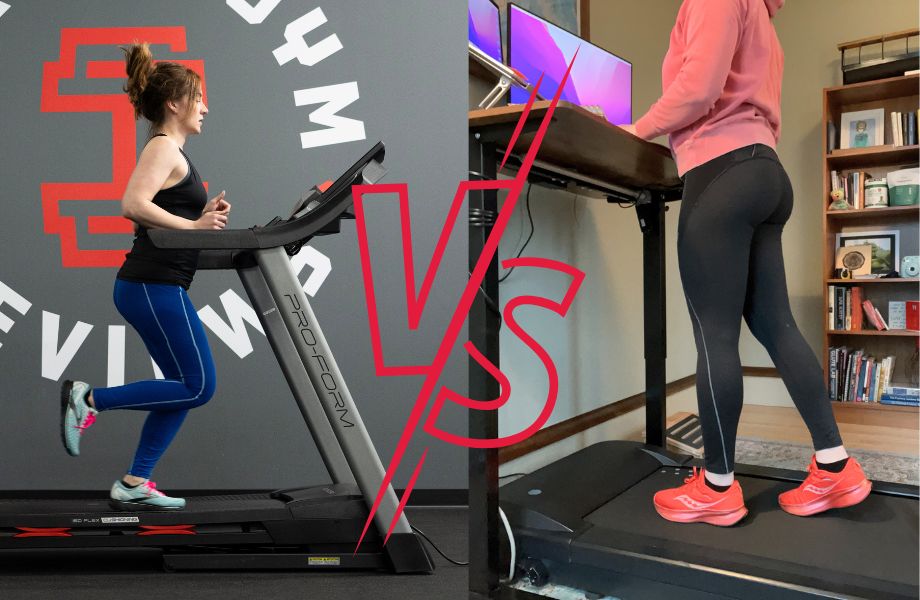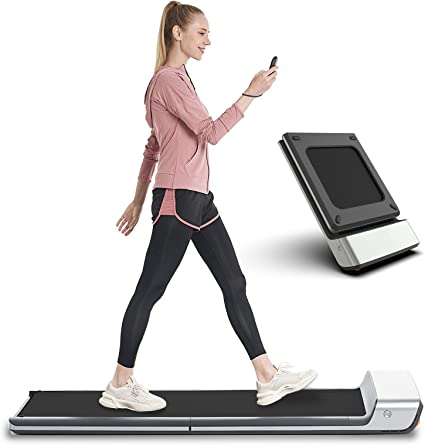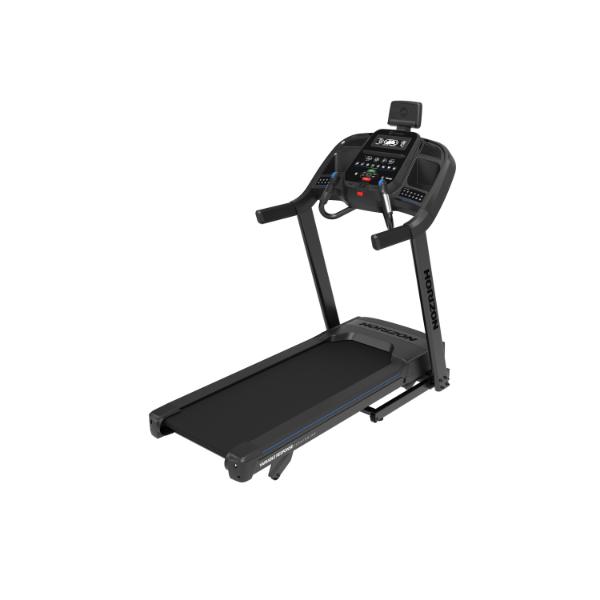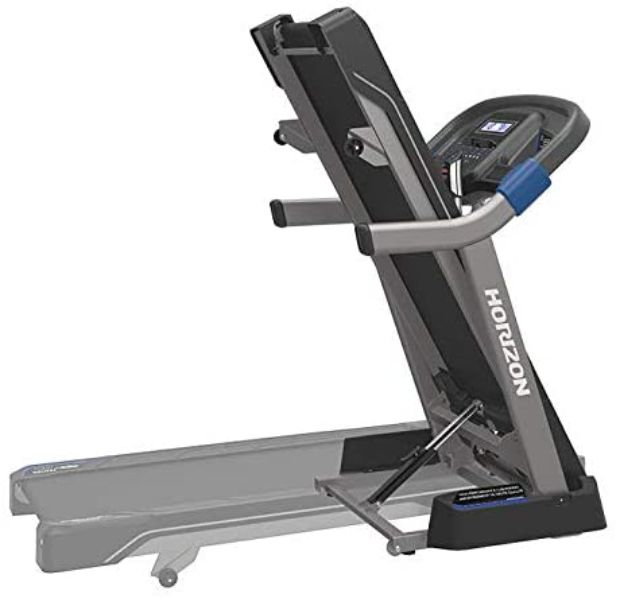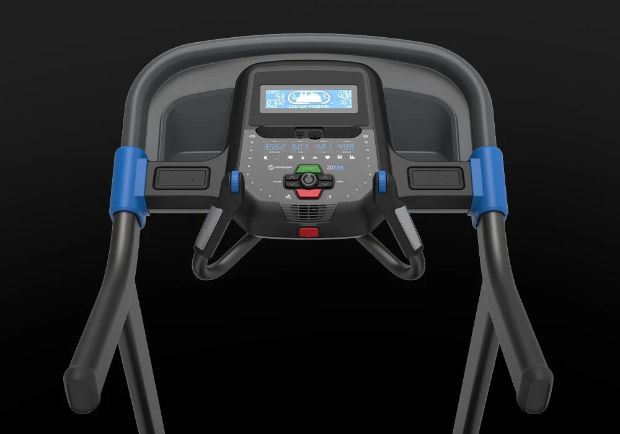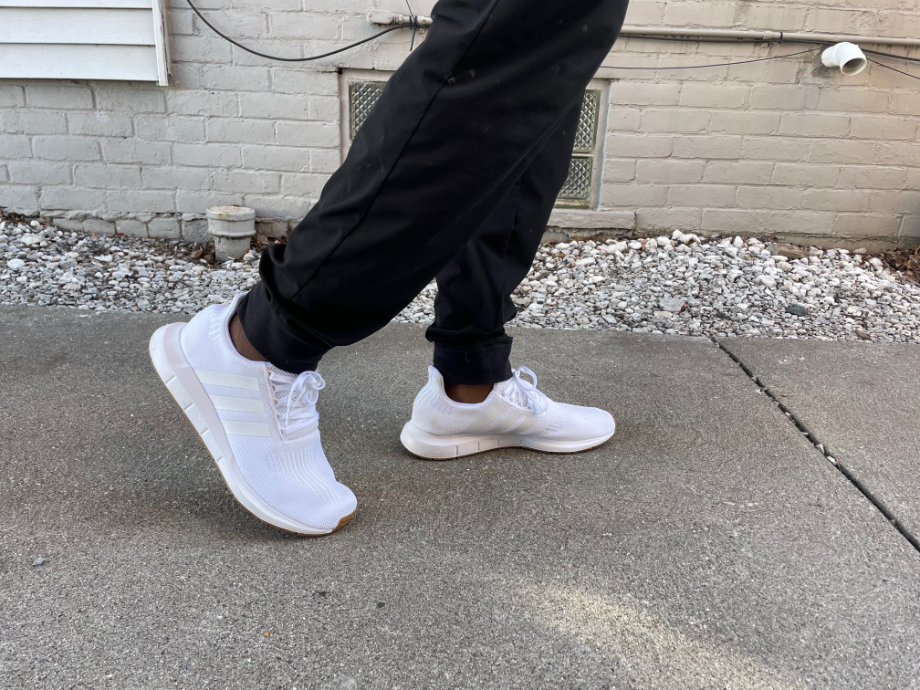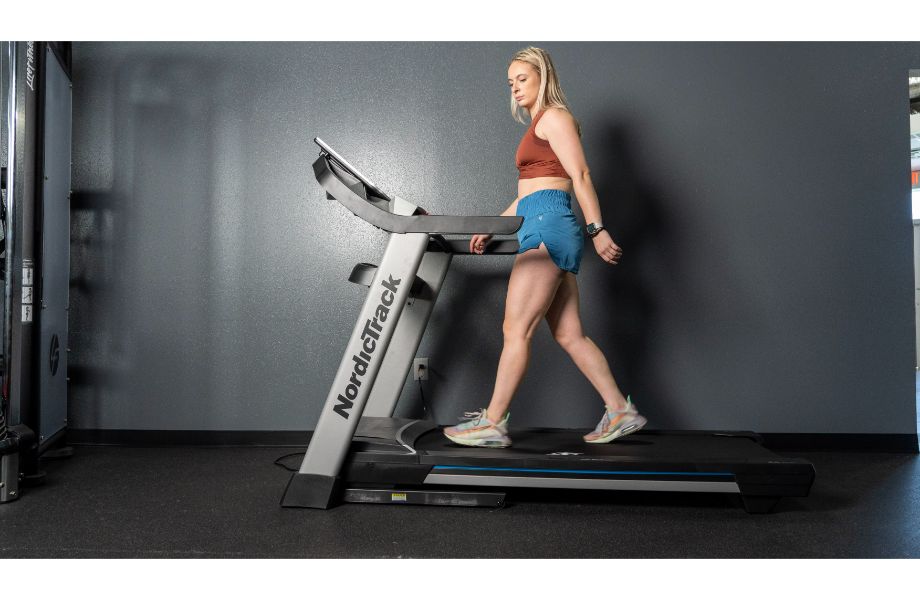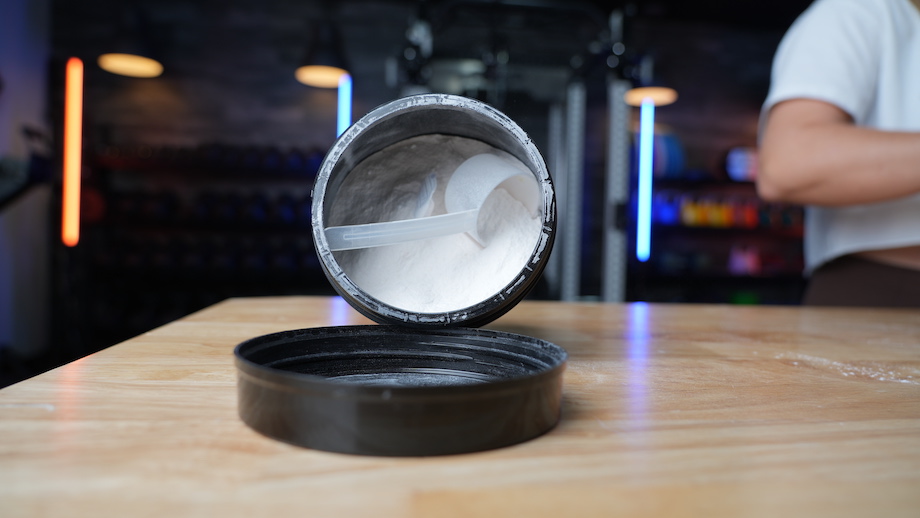If you’re debating “walking pad vs treadmill,” you’re in the right place. Your friends at Garage Gym Reviews have extensive testing experience with both walking pads and treadmills. We’re also a group of strength and conditioning pros and hold the industry’s top credentials, which means you can trust us to help you find the best home gym equipment for your needs.
We’ve tested, reviewed, and scored both types of cardio machines, and we’ve even come up with short lists of the best treadmills for home gyms and best under-desk treadmills. In this comparison, we’ll also break down everything you need to know about each model and offer a few suggestions on which is best for you. Let’s get walking.
Quick Look: Walking Pad vs Treadmill
Here’s what you need to know before we dive into the details of both treadmill types. Walking pads typically don’t have handrails and can be used under standing desks. Treadmills for home gyms are similar to what you see in a commercial gym, but are often foldable and have a smaller footprint, making them more suitable for homeowners.
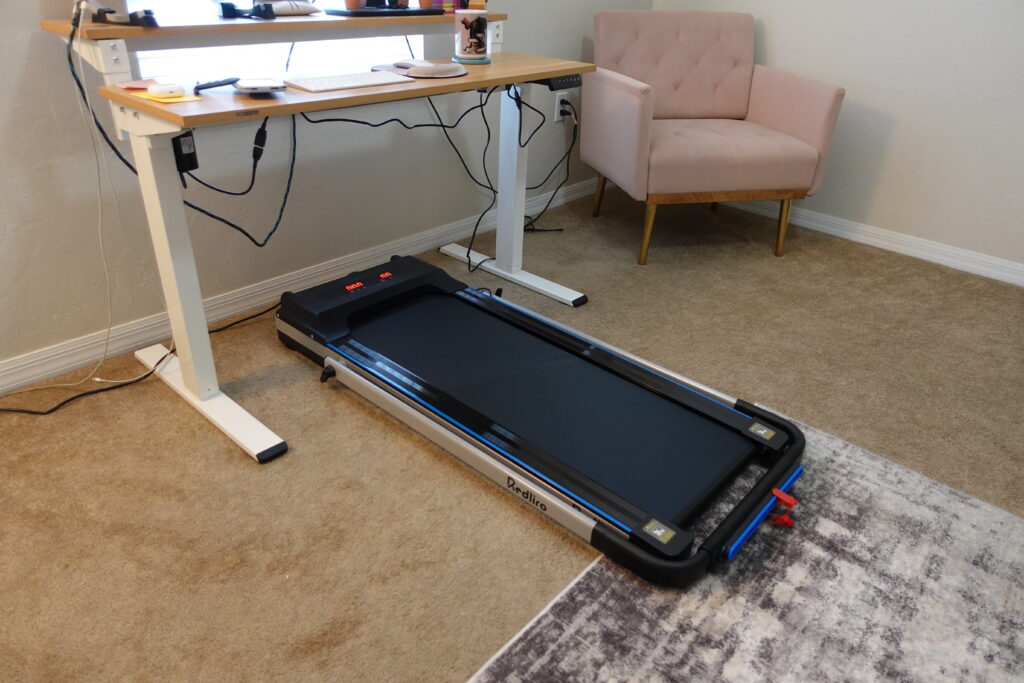
Walking Pad vs Treadmill Comparison Chart
For reference, here is a quick comparison between our top-rated full-sized treadmill (which you can find featured in our Horizon 7.0 AT Treadmill review) and our top walking pad treadmill (with more details in our WalkingPad review).
| Horizon 7.0 AT | WalkingPad P1 | |
| Price | $999 | $499 |
| Footprint | 76″ L x 35″ W x 67″ H | 56.37” L x 21.5” W x 5” H |
| Belt size | 20″ W x 60″ L | 16.5” W x 47.24” L |
| Weight capacity | 325 lbs | 220 lbs |
| Speed range | 0 – 12 MPH | 0.5 – 3.75 MPH |
| Motor | 3.0 CHP motor | 1 HP brush motor |
| Warranty | Lifetime frame and motor warranty, 3-year parts, 1-year parts and labor | 1 year |
What Is a Walking Pad?
A walking pad (also referred to as an under-desk treadmill) is a treadmill without the uprights, handrails, or a console. However, some come with a minimalist foldable handrail that can fold completely flat to the walking deck (like the one we featured in our Redliro Under-Desk Treadmill review).
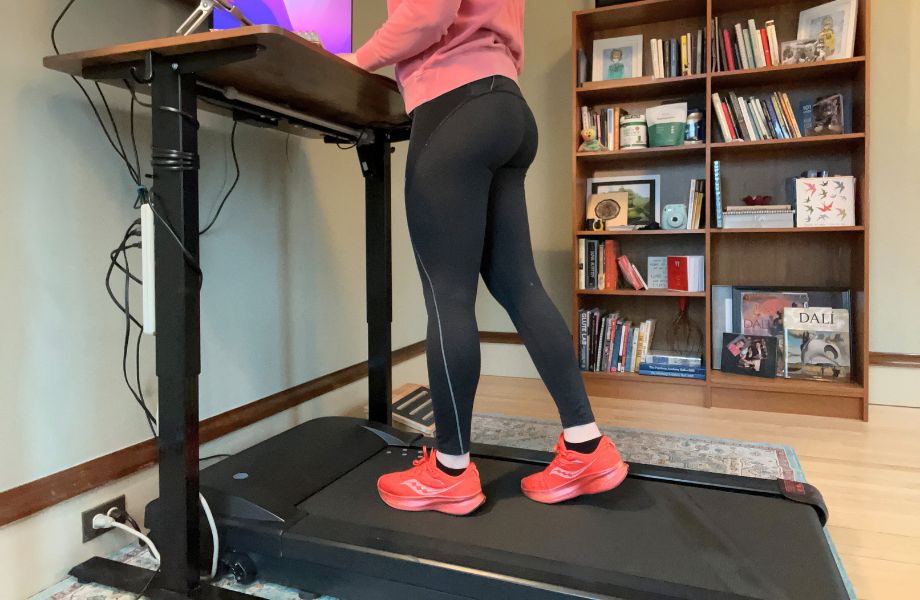
Essentially, when you purchase a walking pad, you’re buying a walking belt and motor sans the console. You may be wondering why you would want a treadmill without the safety of the handrails and the convenience of a console. But, if you have limited space or plan to use a walking pad at your standing desk during the work day, a compact design without traditional handrails can come in handy.
RELATED: Treadmill Safety Tips
Walking pads typically max out around 3 MPH, don’t have built-in consoles, and are controlled with a remote control or smartphone connectivity. Walking pads also don’t feature incline or decline settings—they are either flat or have a fixed incline, like the treadmill we feature in our Egofit Walker review.
Benefits of a Walking Pad Treadmill
While walking has many health benefits—including maintaining bone density1 and potentially aiding weight loss2—here are some of the top benefits of investing in an under-desk treadmill:
- Typically more affordable than full-size treadmills
- Excellent for apartments or small spaces
- Ideal for folks who work from home or want to work on a treadmill desk
- May help increase daily steps and overall physical activity
- Little to no assembly required
Our Favorite Walking Pad Treadmills
We’ve researched, tested, and scored over a dozen walking pad treadmills. We’ve collected our top picks into a roundup and have individual reviews on many more. Earlier in this review, we mentioned our WalkingPad review, where we tested the P1 model, one of our top choices for under-desk use. You can read more about that model below:
Designed with productivity in mind, the WalkingPad is a great option for people who want a way to walk while doing another activity.
What our tester says:
“To my surprise, this thing still works fine! I have used it daily in the winter, spring, and when the weather is inclement for the last 2 years and have definitely gotten my money’s worth.”
It’s also worth noting that the brand has other popular options, including the Walking Pad A1 Pro and WalkingPad C2.
Additionally, here are some of our other top-rated under-desk treadmill reviews:
- LifeSpan TR1000-DT3 GlowUp Under Desk Treadmill Review
- Sunny Health and Fitness Walkstation Slim Flat Treadmill Review
- GoPlus 2-in-1 Folding Treadmill Review
- UREVO 2-in-1 Under Desk Treadmill Review
What Is a Treadmill?
For the most part, a treadmill is a cardio machine with a motor that powers a running belt. Manual treadmills exist, but for this comparison, we’re going to stick to those powered by electricity.
Full-sized treadmills feature more construction than walking pads—including upright supports, cross-sections, and consoles—and often have more powerful motors. That means traditional treadmills are typically (but not always) capable of higher speeds. Some even offer incline and decline settings, whereas walking pads are fixed.
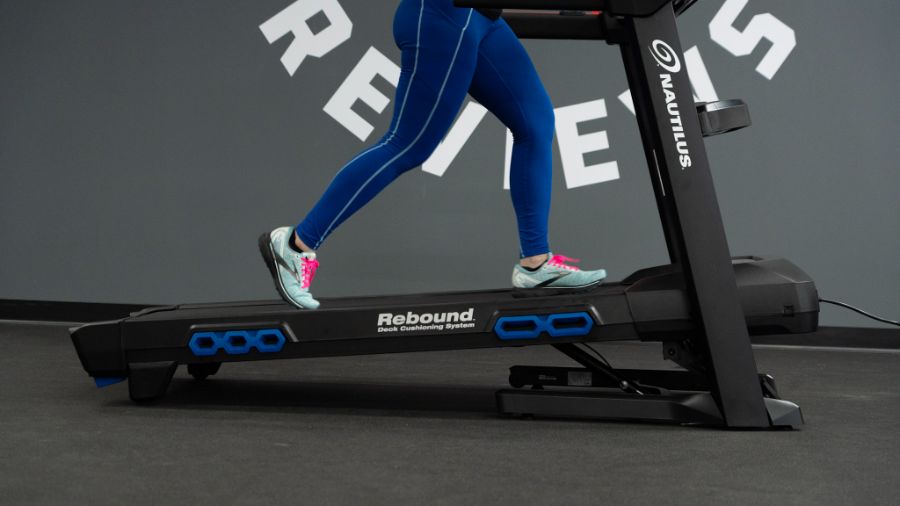
Our favorite treadmills offer top speeds between 8 and 12 MPH as well as incline settings of 10 to 15 levels. We favor machines with a high weight capacity, powerful motors, and 55-inch-long (or greater) running belts. We also look for extra features like decline settings, deck cushioning, and pre-programmed workouts.
RELATED: Best Cushioned Treadmill
Benefits of a Treadmill
Regular physical activity like walking or running isn’t just beneficial to preserve bone density1 and maintain (and potentially build) muscular strength3, it’s also excellent for your heart. The American Heart Association4 recommends 150 minutes of moderate to vigorous activity every week to reduce the risk of diabetes, heart disease, and stroke. According to Harvard Health5, the range of moderate to vigorous should leave you feeling slightly breathless and make it difficult to speak in complete sentences.
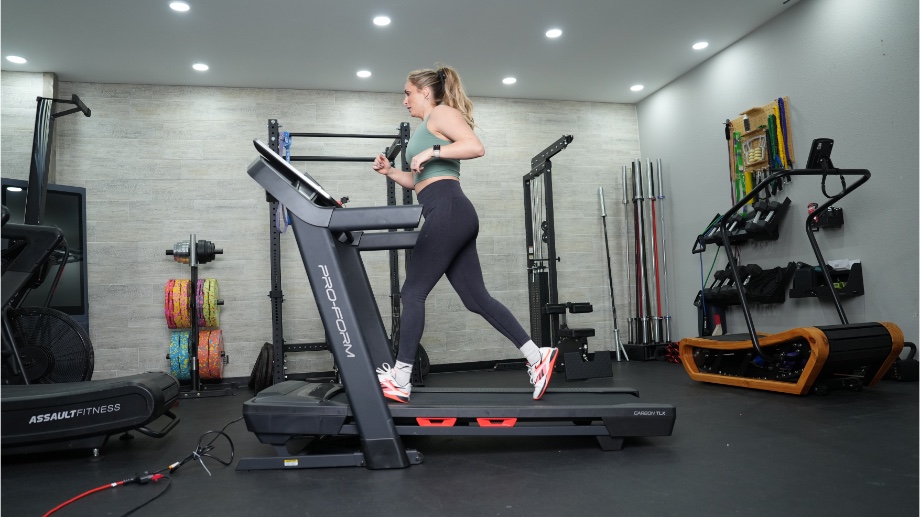
Needless to say, you’ll have to do more than a casual walk to reap all the health benefits. And that’s why our team agrees that one of the top advantages of owning a full-size treadmill over a walking pad is the ability to have more training versatility between walking, jogging, and running.
Additional benefits of traditional treadmills include:
- Ability to run at full or maximum speeds
- Built-in consoles to display workout metrics and select workout programs
- Greater range of settings ideal for high-intensity interval training (HIIT)
- Can accommodate all fitness levels (beginners and experienced runners)
- Offers handrails and additional safety features for anyone who needs extra stability
- Greater durability than smaller, more compact walking pads
Our Favorite Treadmills
We’ve tested 50 different treadmills, including high-end machines and ultra-budget options. We have tons of roundups that cater to different runners, walkers, and budgets. Overall, we give the Horizon 7.0 AT treadmill the nod as one of our overall favorites for home gyms.
For under $1,000, the Horizon 7.0 AT is a great option for people who want to use their treadmill to run.
What our tester says:
“If you are looking for a solid, durable machine to run on, check this one out.”
Some of our other all-around (and recurring) top picks for treadmills include the Sole F63 and Echelon Stride because they’re suitable for so many different home gym owners.
Here are some of our top roundups that may help you find the best treadmill for your needs:
- Best treadmills for running
- Best foldable treadmills
- Best non-folding treadmills
- Best incline treadmills
- Best budget treadmills
- Best treadmills on Amazon
Walking Pad vs Treadmill: Key Differences
When considering which type of treadmill you’re willing to invest in, here are some of the main differences and capabilities to be aware of:
- Walking pads have a smaller deck and offer a more compact footprint.
- Full-size treadmills have handrails; walking pads are designed without handrails (or ones that fold horizontally), so you can roll them under standing desks.
- Treadmills have built-in consoles for controlling settings; walking pads function with a remote control.
- Many treadmills offer incline settings; walking pads have a fixed incline or no incline at all.
- Because walking pads are smaller and less powerful, they’re often less expensive.
- Walking pads feature motors that support typical walking speeds from 0.5 to 4 MPH; full-size treadmills typically feature larger motors and can reach speeds between 8 and 12 MPH or greater.
- Full-size treadmills are often larger, heavier, and more durable machines with higher user weight limits than walking pads.
Walking Pad vs Treadmill: Important Similarities
While there are plenty of differences between walking pad treadmills and full-size treadmills, here’s what you can expect from either type of machine:
- Neither type of treadmill offers low-impact cardio (you’ll want a treadmill alternative for low-impact cardio).
- Both machines are relatively easy to use.
- Treadmills and walking pads are equally suited as walking machines.
- Both types of treadmills may (but not always) offer Bluetooth connectivity for your iPhone or Android.
- In most cases, you’ll be able to view basic metrics like speed, distance, and time.
- No matter the treadmill, you’ll have the ability to move more from the comfort of your home gym, home office, or living room.
- Both machines will require regular treadmill maintenance.
Additionally, we recommend using a designated pair of indoor running or walking shoes to limit dust and debris tracking on the tread belt.
Who Should Use a Walking Pad?
While a walking pad treadmill has a ton of benefits, it’s really the most suitable option if you’re limited on space or want to walk while you work.
An under-desk treadmill isn’t ideal if you want a machine for running. Walking pads typically have smaller treadmill motors that don’t go up to running speeds (many top out around 3 or 4 MPH). And because these under-desk treadmills aren’t designed with powerful motors that support running speeds, the walking deck is often much shorter than a traditional treadmill. So, even if it did go faster, you likely wouldn’t have enough room for your natural running gait.
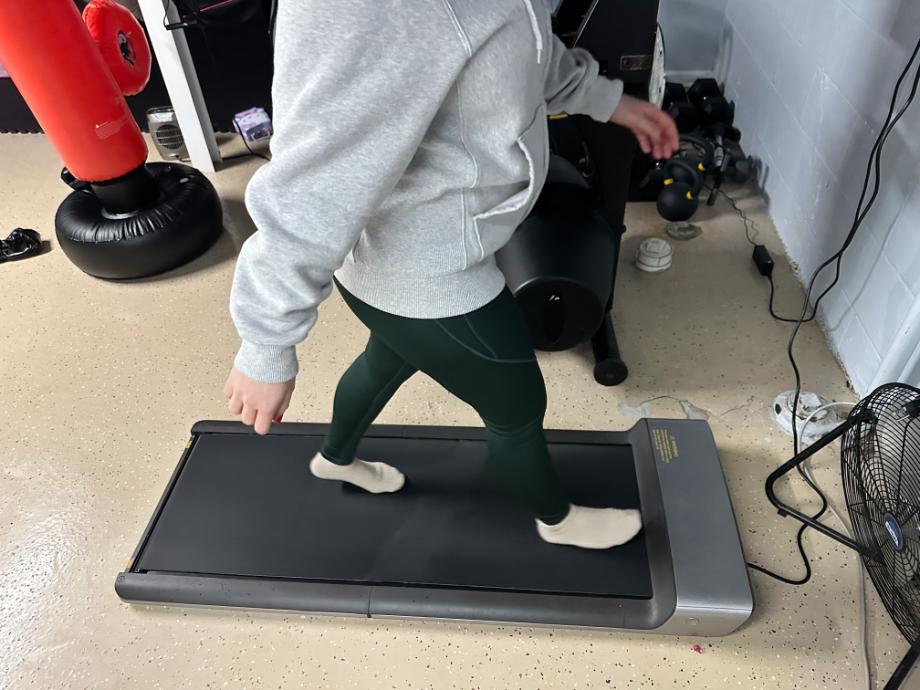
Another thing to keep in mind is the fact that many walking pad treadmills don’t have handrails. If you intend to use your walking pad under a standing desk, you likely won’t have to worry about balance.
However, if you roll your treadmill out from under your desk and place it in your living room to watch TV while you walk, you’ll need the utmost confidence in your balance. From our experience, we don’t suggest walking pads without folding handrails for older folks.
RELATED: Best Treadmill for Seniors
Who Should Use a Treadmill?
You may consider a traditional treadmill if you want the ability to do more than treadmill walking workouts. Also, if you don’t have a home office or standing desk, you may not want to consider a walking pad at all. There are plenty of compact and budget options for treadmills that offer the safety of handrails along with more training versatility.
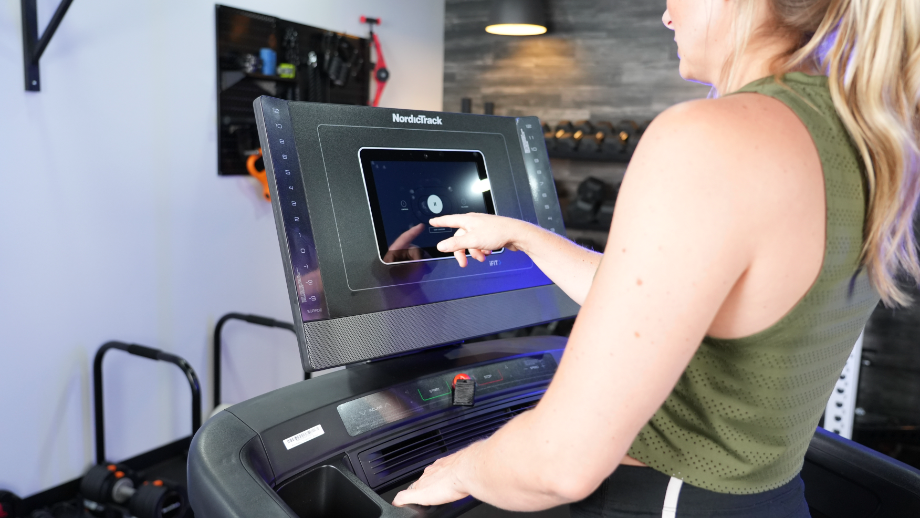
Even if you’re not much of a runner, if you want the option to run or perform treadmill interval training workouts, then a full-sized machine is the way to go. You’ll be able to reach speeds that are challenging for your fitness level and partake in heart-rate-inducing and intense workouts.
Many traditional treadmills also feature incline settings, deck cushioning, and high-tech consoles with programming and personal trainers. While you might spend more on these features, full-sized treadmills have more to offer if you’re tech-savvy.
Walking Pad vs Treadmill: Final Thoughts
When it comes to the dispute of a walking pad vs treadmill, we suggest thinking about your intended use. Walking pad treadmills are ideal if you want a walking-only machine and full-sized treadmills are your best bet if you want to do more than walking.
To summarize our comparison, keep the following in mind:
- Walking pads are an excellent way to add more steps to your daily routine or walk while you work.
- Full-sized treadmills are a better option for folks who want space to run.
- If you’re concerned about balance and safety, we suggest opting for a traditional treadmill with handrails.
- Traditional treadmills typically have heavier weight capacities and stronger motors, potentially leading to a more durable machine.
Walking Pad vs Treadmill: FAQs
Is a walking pad or treadmill better?
Walking pads are ideal for anyone who plans to use a treadmill predominantly during work hours under a standing desk. Walking pads are also suitable for anyone limited in space.
Traditional treadmills are ideal for athletes who want extensive workout settings, from walking to full-out running. Full-sized treadmills are also more suitable for older individuals or anyone who’ll benefit from built-in handrails for stability.
Will I lose weight with a walking pad?
Regular aerobic exercise alone can help you manage weight, aid weight loss, and improve overall wellness. Keep in mind, though, that nutrition also plays a major role in overall weight loss.
Can you jog on walking pads?
Some walking pad treadmills have speeds that support jogging (and potentially running), but the limiting factor may be the deck length. Most walking pads have significantly shorter walking decks than full-sized treadmills, making it difficult to comfortably complete a full stride.
Do walking pads actually work?
From our experience, we can tell you that walking pad treadmills work. While not all treadmills are created equal, there are durable and high-quality compact walking pads that offer folks a chance to get more activity and steps in during the day.
References
- Abd El-Kader SM, Al-Jiffri OH, Ashmawy EM, Gaowgzeh RA. Treadmill walking exercise modulates bone mineral status and inflammatory cytokines in obese asthmatic patients with long term intake of corticosteroids. Afr Health Sci. 2016;16(3):798-808. doi:10.4314/ahs.v16i3.21
- Donnelly JE, Honas JJ, Smith BK, et al. Aerobic exercise alone results in clinically significant weight loss for men and women: midwest exercise trial 2. Obesity (Silver Spring). 2013;21(3):E219-E228. doi:10.1002/oby.20145
- Schneider SM, Lee SM, Feiveson AH, Watenpaugh DE, Macias BR, Hargens AR. Treadmill exercise within lower body negative pressure protects leg lean tissue mass and extensor strength and endurance during bed rest. Physiol Rep. 2016;4(15):e12892. doi:10.14814/phy2.12892
- Endurance exercise. www.heart.org. (2024, January 18).
- The many ways exercise helps your heart. www.health.harvard.edu. (2023, January 1).


